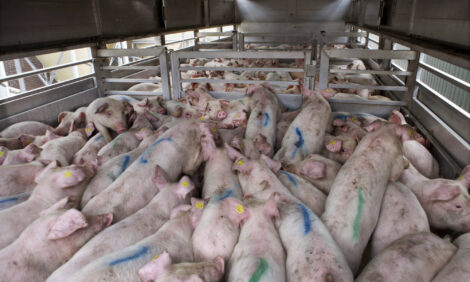



US red meat exports deliver value to corn, soybean growers
US red meat exports reached $18.7 billion in 2021According to a news release from the US Meat Export Federation (USMEF), which cited an independent study by the Juday Group, record-level red meat exports of $18.7 billion in 2021 had a major impact on the corn and soybean industries. The study quantified the returns that red meat exports brought to corn and soybean producers in 2021 nationally, and at state levels for leading corn-producing and soybean-producing states.
“The study validates the red meat industry’s collaborative approach to export market development,” says USMEF chair-elect Dean Meyer, who produces corn, soybeans, cattle and hogs near Rock Rapids, Iowa. “Beef and pork exports drive value directly back to my farm and this study helps confirm the return on this investment for all corn and soybean producers.”
Corn and soybean growers support the international promotion of US pork, beef and lamb by investing a portion of their checkoff dollars in market development efforts conducted by USMEF.
Key findings from the Juday Group study, which utilized 2021 export data, include:
Nationally, beef and pork exports accounted for 537 million bushels of corn usage, equating to $2.94 billion (at an average corn price of $5.48/bushel). Pork exports accounted for 99.3 million bushels of soybean usage nationwide (the equivalent of 2.36 million metric tons of soybean meal), which equated to $1.3 billion (at an average soybean price of $13.13/bushel). Beef and pork exports accounted for 3.4 million tons of DDGS usage, equating to $716 million (at an average price of $209.92/ton).
“The industry-wide collaboration to promote value-added US red meat in international markets works to the benefit of the entire red meat industry,” says Mark Legan, a hog farmer from Indiana, who serves on the USMEF Executive Committee. “Red meat export growth results in greater demand for feed inputs and added value at every step of the supply chain. This study demonstrates the significance of global trade to the bottom line of American farmers and ranchers.”








